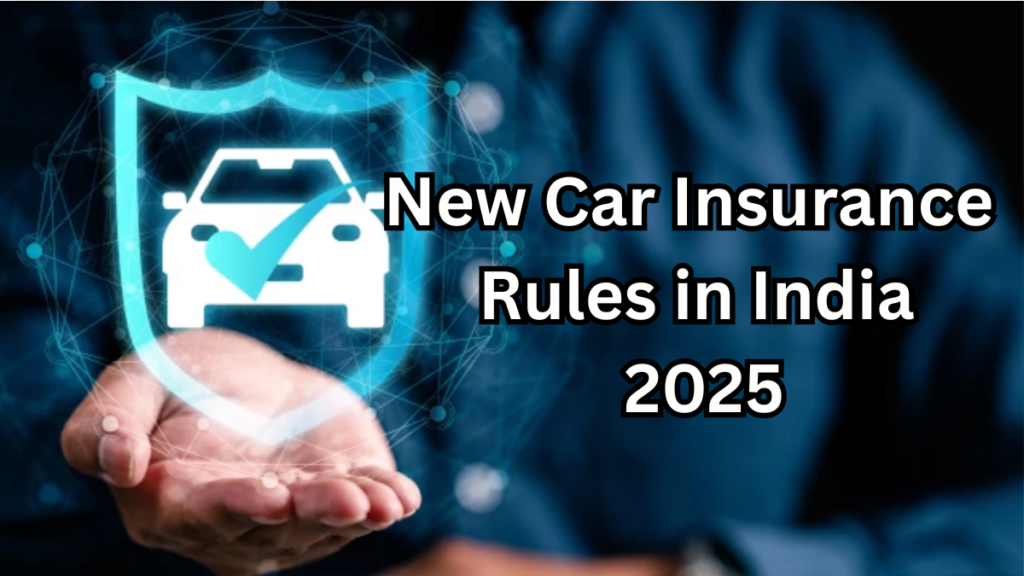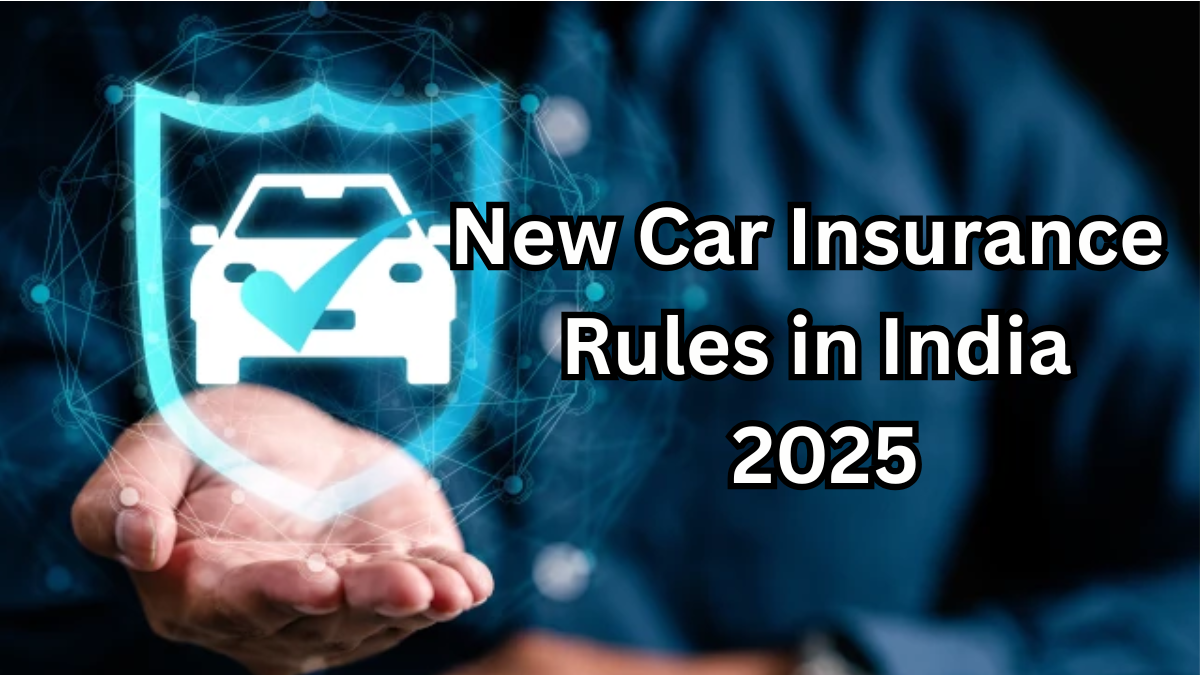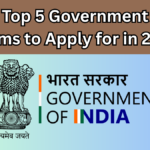If you’re planning to buy a new car or renew your existing car insurance in 2025, there are important updates you need to know. The Government of India has announced a fresh set of rules that will affect how premiums are calculated and how policies are renewed. Whether you’re a first-time buyer or a seasoned vehicle owner, understanding the car insurance rules India 2025 is crucial to staying on the right side of the law and saving money.
Let’s break down everything you need to know in a simple, relatable way.

What’s New in Car Insurance Rules India 2025?
The Insurance Regulatory and Development Authority of India (IRDAI) has introduced reforms to make car insurance more flexible, user-friendly, and in tune with how people drive today.
Key Motor Policy Changes
-
No more mandatory 3-year third-party insurance for new cars
-
Own damage (OD) cover can now be purchased separately from third-party (TP) coverage
-
Introduction of pay-as-you-drive insurance models, based on driving patterns
-
Insurance providers must now send digital alerts before policy expiry
These changes aim to increase consumer control, reduce unnecessary costs, and encourage responsible driving.
Overview of 2025 Motor Policy Changes
| Feature/Rule | Old Policy (Before 2025) | New Policy (From 2025) |
|---|---|---|
| Third-party insurance duration | 3 years mandatory for new cars | 1-year plans allowed again |
| Own damage coverage | Usually bundled with TP cover | Can be bought separately |
| Premium calculation | Based on vehicle type and engine size | Usage-based with telematics |
| Policy renewal notifications | Basic SMS/email reminders | Multiple digital alerts now required |
Premium Changes You Should Expect
With the updated car insurance rules India 2025, premiums are being recalculated more fairly based on how you actually drive, not just the type of car you own.
Key Premium Updates
-
If you don’t drive often, your premium could be lower under usage-based plans
-
High-risk driving (e.g., overspeeding, frequent braking) may lead to higher premiums
-
The no-claim bonus (NCB) system has become more detailed, rewarding consistently safe drivers
This personalized approach allows good drivers to benefit more while encouraging better road behavior overall.
Renewal Process – What’s Different Now?
Renewing your car insurance in 2025 involves a more dynamic and consumer-centric process.
What to Expect
-
Expect to receive two or more digital notifications before your policy expires
-
You’re now free to compare and choose own damage and third-party insurance separately
-
Consider switching to a pay-as-you-drive model if your annual mileage is low
-
Be mindful of auto-renewals—review your plan annually to avoid overpaying
This is an ideal time to reassess your policy and switch to one that suits your current driving habits and budget.
FAQs
1. Is it still mandatory to have car insurance in 2025?
Yes. Third-party insurance remains mandatory under the Motor Vehicles Act, even with the updated policies.
2. What is the major third party insurance update for 2025?
The compulsory 3-year third-party policy for new cars has been removed. Car owners can now choose a 1-year plan and renew annually.
3. How do motor policy changes affect electric vehicles (EVs)?
Many insurers now offer custom packages for EVs with potentially lower premiums. Usage-based insurance works especially well for EVs due to predictable usage.
4. Can I switch to a usage-based policy mid-year?
Yes, most insurers allow you to switch to a usage-based plan even during the policy term, though it may require installing a telematics device.
Final Thoughts
The car insurance rules India 2025 aim to bring fairness, flexibility, and transparency into motor insurance. With these motor policy changes and the recent third party insurance update, you now have more power to control how much you pay based on how and how much you drive.Click here to learn more
Pari is a passionate writer known for captivating stories that blend imagination and reality. Inspired by travel, history, and everyday moments, Pari crafts narratives that resonate deeply with readers.




